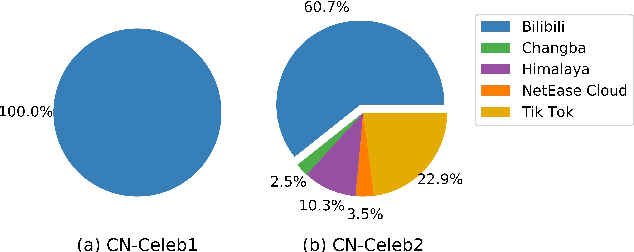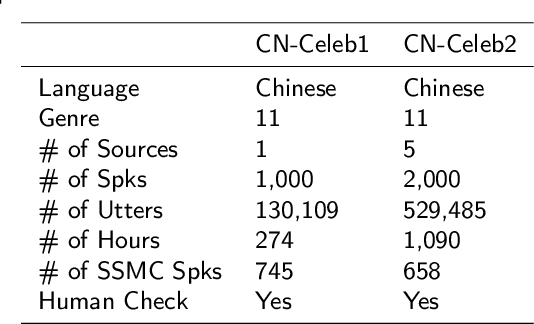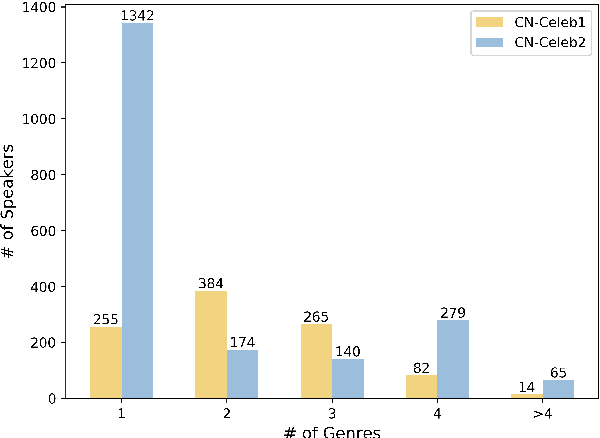Hao Cui
FEABench: Evaluating Language Models on Multiphysics Reasoning Ability
Apr 08, 2025Abstract:Building precise simulations of the real world and invoking numerical solvers to answer quantitative problems is an essential requirement in engineering and science. We present FEABench, a benchmark to evaluate the ability of large language models (LLMs) and LLM agents to simulate and solve physics, mathematics and engineering problems using finite element analysis (FEA). We introduce a comprehensive evaluation scheme to investigate the ability of LLMs to solve these problems end-to-end by reasoning over natural language problem descriptions and operating COMSOL Multiphysics$^\circledR$, an FEA software, to compute the answers. We additionally design a language model agent equipped with the ability to interact with the software through its Application Programming Interface (API), examine its outputs and use tools to improve its solutions over multiple iterations. Our best performing strategy generates executable API calls 88% of the time. LLMs that can successfully interact with and operate FEA software to solve problems such as those in our benchmark would push the frontiers of automation in engineering. Acquiring this capability would augment LLMs' reasoning skills with the precision of numerical solvers and advance the development of autonomous systems that can tackle complex problems in the real world. The code is available at https://github.com/google/feabench
AI-enhanced Collective Intelligence: The State of the Art and Prospects
Mar 19, 2024Abstract:The current societal challenges exceed the capacity of human individual or collective effort alone. As AI evolves, its role within human collectives is poised to vary from an assistive tool to a participatory member. Humans and AI possess complementary capabilities that, when synergized, can achieve a level of collective intelligence that surpasses the collective capabilities of either humans or AI in isolation. However, the interactions in human-AI systems are inherently complex, involving intricate processes and interdependencies. This review incorporates perspectives from network science to conceptualize a multilayer representation of human-AI collective intelligence, comprising a cognition layer, a physical layer, and an information layer. Within this multilayer network, humans and AI agents exhibit varying characteristics; humans differ in diversity from surface-level to deep-level attributes, while AI agents range in degrees of functionality and anthropomorphism. The interplay among these agents shapes the overall structure and dynamics of the system. We explore how agents' diversity and interactions influence the system's collective intelligence. Furthermore, we present an analysis of real-world instances of AI-enhanced collective intelligence. We conclude by addressing the potential challenges in AI-enhanced collective intelligence and offer perspectives on future developments in this field.
CN-Celeb: multi-genre speaker recognition
Dec 23, 2020



Abstract:Research on speaker recognition is extending to address the vulnerability in the wild conditions, among which genre mismatch is perhaps the most challenging, for instance, enrollment with reading speech while testing with conversational or singing audio. This mismatch leads to complex and composite inter-session variations, both intrinsic (i.e., speaking style, physiological status) and extrinsic (i.e., recording device, background noise). Unfortunately, the few existing multi-genre corpora are not only limited in size but are also recorded under controlled conditions, which cannot support conclusive research on the multi-genre problem. In this work, we firstly publish CN-Celeb, a large-scale multi-genre corpus that includes in-the-wild speech utterances of 3,000 speakers in 11 different genres. Secondly, using this dataset, we conduct a comprehensive study on the multi-genre phenomenon, in particular the impact of the multi-genre challenge on speaker recognition, and on how to utilize the valuable multi-genre data more efficiently.
Model Watermarking for Image Processing Networks
Feb 25, 2020



Abstract:Deep learning has achieved tremendous success in numerous industrial applications. As training a good model often needs massive high-quality data and computation resources, the learned models often have significant business values. However, these valuable deep models are exposed to a huge risk of infringements. For example, if the attacker has the full information of one target model including the network structure and weights, the model can be easily finetuned on new datasets. Even if the attacker can only access the output of the target model, he/she can still train another similar surrogate model by generating a large scale of input-output training pairs. How to protect the intellectual property of deep models is a very important but seriously under-researched problem. There are a few recent attempts at classification network protection only. In this paper, we propose the first model watermarking framework for protecting image processing models. To achieve this goal, we leverage the spatial invisible watermarking mechanism. Specifically, given a black-box target model, a unified and invisible watermark is hidden into its outputs, which can be regarded as a special task-agnostic barrier. In this way, when the attacker trains one surrogate model by using the input-output pairs of the target model, the hidden watermark will be learned and extracted afterward. To enable watermarks from binary bits to high-resolution images, both traditional and deep spatial invisible watermarking mechanism are considered. Experiments demonstrate the robustness of the proposed watermarking mechanism, which can resist surrogate models learned with different network structures and objective functions. Besides deep models, the proposed method is also easy to be extended to protect data and traditional image processing algorithms.
 Add to Chrome
Add to Chrome Add to Firefox
Add to Firefox Add to Edge
Add to Edge